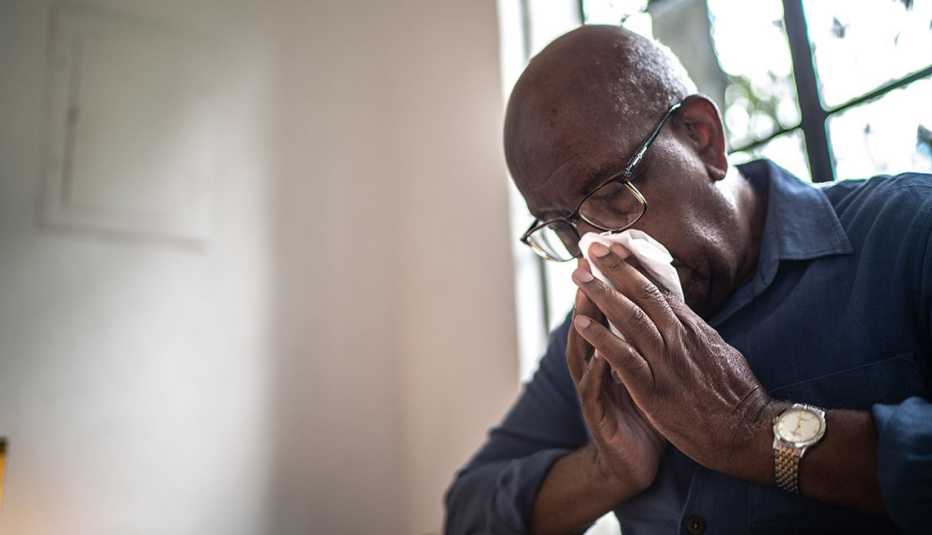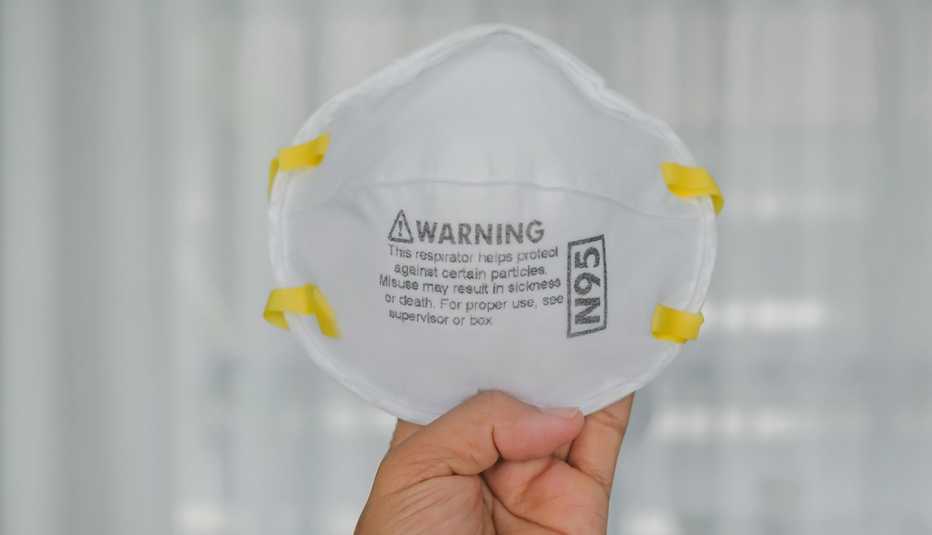Staying Fit
At MedStar Washington Hospital Center in the nation’s capital, things are finally starting to slow down after what infectious disease chief Glenn Wortmann, M.D., says was “a pretty busy” time.
Washington was one of the first cities to get caught up in omicron’s swift surge. And despite the variant’s reputation for being less virulent than its predecessor, the delta variant, the highly contagious strain sent hospital admissions soaring to new heights, stretching health care facilities and providers thin. Deaths caused by omicron also spiked throughout the U.S., from about 1,100 a day in early November to more than 3,000 a day in mid-January, and similar to trends tracked throughout the pandemic, older adults are shouldering the burden with illness and mortality rates that are much higher than those for their younger peers.


AARP Membership— $12 for your first year when you sign up for Automatic Renewal
Get instant access to members-only products and hundreds of discounts, a free second membership, and a subscription to AARP the Magazine.
“Omicron is not the common cold,” the World Health Organization’s Maria Van Kerkhove cautioned during a January press briefing. “It can still cause severe disease, particularly among people who are not vaccinated, [as well as] people of older age and people with underlying conditions.” Centers for Disease Control and Prevention (CDC) Director Rochelle Walensky echoed this warning during a recent press briefing, explaining that when it comes to omicron, “milder does not mean mild.”
Symptoms are “all over the map”
If omicron isn’t necessarily mild, what is it? Robert Wachter, M.D., professor and chair of the Department of Medicine at the University of California, San Francisco, describes the symptoms of the new variant as “all over the map.”
For most vaccinated and boosted adults — about 86 million Americans — an omicron infection may produce some sniffles, a mild cough or a sore throat. Feeling flu-like for a few days is another common outcome; so is having no symptoms at all.
“The better vaccinated you are, the more likely you are to have a very mild case,” Wachter says. “But that’s part of the challenge” when it comes to some older adults whose “level of reserve is less,” he says. A flu-like illness might sideline a healthy 40-year-old for a few days, but for someone who is older and frailer, it could trigger a loss of appetite or a state of delirium that spirals into something more serious.
“It might be enough to tip them over,” Wachter says about an otherwise mild infection. “And that's true of COVID, and it's true for urinary tract infections, and it’s true for skin infections.”
For unvaccinated people — including about 25 percent of U.S. adults — COVID-19 caused by omicron “is still a very severe illness,” says Andrea Ciaranello, M.D., an infectious disease physician at Massachusetts General Hospital in Boston and an associate professor of medicine at Harvard Medical School, even if it’s a notch down from delta’s level of severity.
Unvaccinated adults who are 65 and older are 52 times more likely to be hospitalized with COVID-19 than their vaccinated and boosted peers, according to the latest CDC data, which takes into account the early weeks of omicron. And for those who do end up in the hospital, the symptoms of a severe infection can be life-threatening.
“The biggest thing we worry about is that it causes inflammation in the lungs, and then you cannot oxygenate [the body,]” Washington Hospital Center’s Wortmann says. “We are still seeing people get sick with COVID and die with COVID.”



































































